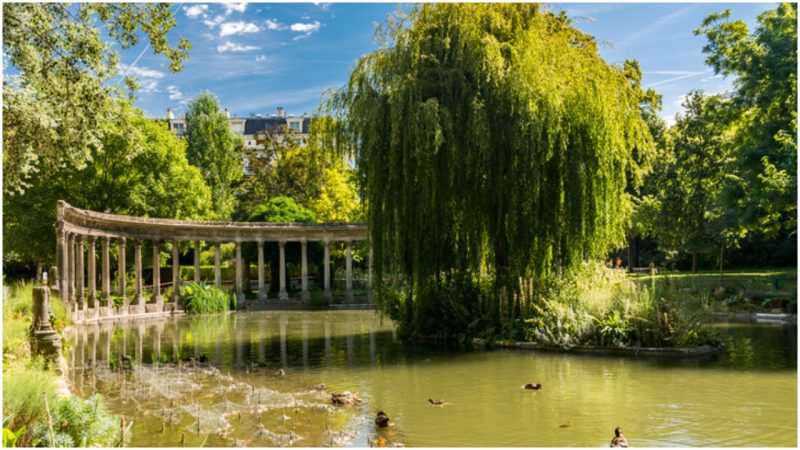The smallest but perhaps most charming public park in Paris is set in its northwestern part. For years, Parc Monceau has been a favorite relaxation spot for locals. Lately, this hidden gem is also attracting tourists’ attention with its structure, natural beauty, and touches of ancient times.
The park was created in the 18th century by the cousin of King Louis XVI, the Duke of Chartres, who would later become the Duke of Orleans. In 1769, he acquired land in the area known as Monceau with a single purpose: to build a pavilion and enchanting gardens where he would host many celebrations.
But the Duke had no interest in creating a symmetrical French-style garden. On the contrary, he wanted his landscape garden to have a more natural look, like an English-style garden and knew exactly whom to entrust with his project.
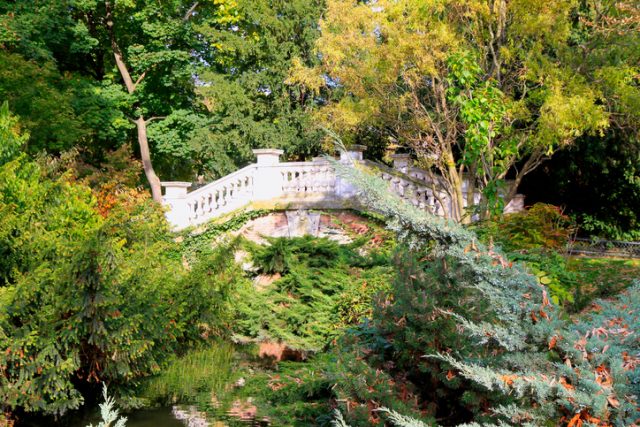
Work on the garden had begun under the supervision of the French architect Louis Carrogis Carmontelle. Naturally, the garden was planted with colorful flower beds and trees, and then Carmontelle constructed buildings whose design was influenced by different cultures around the world. For instance, he included elements from the East like the Chinese bridge, while the obelisk and pyramid alluded to ancient Egypt, and even a characteristic Dutch-style windwill was added.
Structures inspired by ancient Greece and Rome were not missing either. One such site is a basin surrounded by collonades known as the ‘Naumachie’ that the ancient Romans used for their naval battles. Throughout the park, there were also several temples dedicated to the Roman gods and goddesses, including the Temple of Mars.
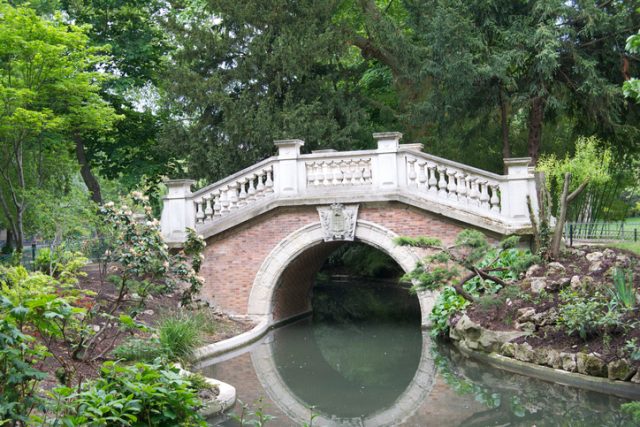
Carmontelle enriched the decoration of the garden with sculptures of prominent French artists and leaders. Although originally it was not part of the garden, the Rotunda was later incorporated when a fortified wall was built around Paris towards the end of the 18th century. The temple was built in the Neoclassical style by none other than Claude-Nicolas Ledoux. Today, it is the main entrance to the garden.
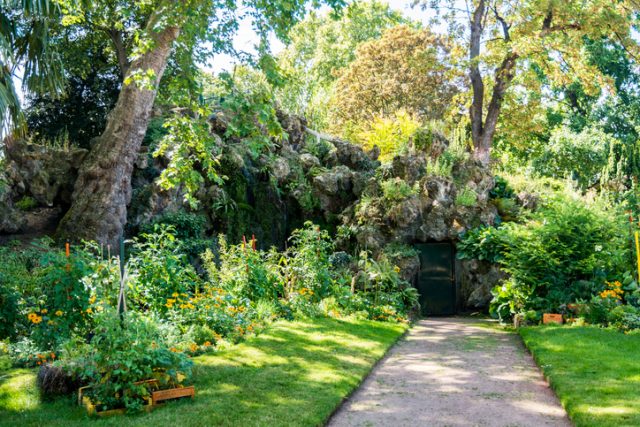
But with the beginning of the French Revolution came the end of the Duke and his extravagant parties at the garden. He was guillotined in 1793 and his beloved garden became the property of the state. During this time, the garden was modified with the help of landscape architect Thomas Blaikie.
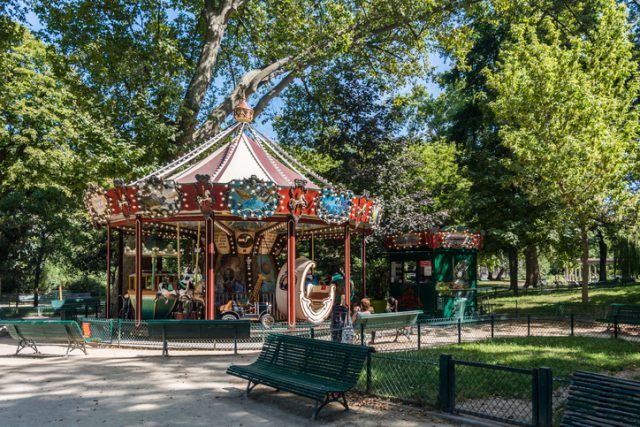
He was commissioned to give a more traditional, French-style look to the garden. Also, some sculptures of famous Frenchmen, as well as some of Carmontelle’s buildings, were lost for good. Meanwhile, an interesting event occurred that attracted much attention. On 22 October 1797, one Parisian would accomplish one of da Vinci’s many aspirations right here at Parc Monceau: André-Jacques Garnerin would make the first successful parachute descent in history.
After the end of the French Revolution, the garden was given back to the Orleans family. However, it didn’t remain their property for a long time. In the 1860s, the garden was divided into two parts and sold. One part was acquired by the City of Paris with the intention of transforming it into a public park, while the other was reserved for constructing the grand mansions that still surround the park.
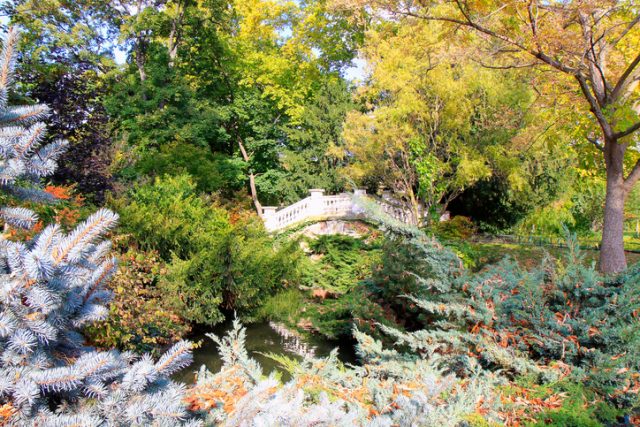
New improvements were planned for the park supervised by Baron Haussmann. The grotto and the waterfall were part of the new additions, followed by a romantic bridge modeled after the Venetian style. Later on, the architect Davioud was commissioned for the construction of the remarkable gilded entrance gates.
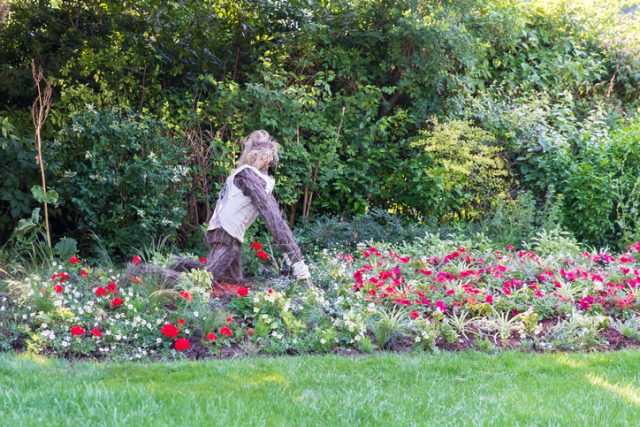
Haussmann also planted exotic species and trees and enriched the existing collection of sculptures with names like Gouno, Musset, Chopin, Édouard Pailleron, Ambroise Thomas, and many other French artists. In 1861, the park was completed and officially opened to the public by Napoleon III.
Related story from us: The Lost Gardens of Heligan in Cornwall, restored after decades of neglect
Shortly after its opening, it became very popular amongst wealthy Parisians. Many artists, including the famous French Impressionist Claude Monet, have visited the park many times. He even captured its beauty in five of his paintings. To this day, Parc Monceau remains one of the most beautiful in Paris.
